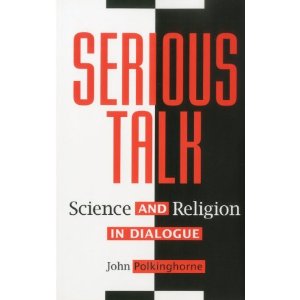Sophia College recently held a one-day event, "Celebrating Chemistry in the International Year of Chemistry 2011," in association with RSC West India. However, all this made me rethink on the ordeal of professional academic scenario. Why do we have to follow a usual set of professional politeness, an articular format for promoting science? Why are scientists serious who end up giving serious talks all through their tenure? Why are we always subjected to drop dead looks and geek talks all the time--------- Why, Why so serious ?

Science comedian Brian Malow is known to make superb pointers about science humor talk that he gave at American Chemical Society. He was giving attendees pointers on how to liven up their presentations. “Be yourself, be human, be passionate, be present and engaged, and be prepared,” he advised. Sure, Malow slipped in some of the “walked into a bar” jokes that he’s known for, but he actually had some serious suggestions.
Humor is innate, you’ve either got it or you don’t, but the comedian insisted that scientists could draw in an audience with a few puns and you can steal the show. This reminded me of the popular sitcom, Two and a half men wherein the main character quickly lashes out to his dependent chiropractic brother Alan,” Sarcasm is for winners.”
Malow suggested writing down lists of concepts and start matching them to come up with surprising metaphors. Chemistry, in particular, is full of words with dual meanings. Before a talk he gave for the American Chemical Society, he said, an organizer asked whether he could do something off the cuff. “I’m so spontaneous, I have a negative delta G”. And here’s another one: “I was in an excited state, and I had a spontaneous emission.” Working in analogies and entertainment at the start of a presentation really sets the tone, he said.
Some chemists might say they shouldn’t have to tap dance for their audiences in this way. But later that afternoon, in a session on neuroprosthetics, there it was: a great talk. It was entertaining, filled with videos, and replete with analogies, maybe not humorous, but very helpful, to explain the technique electrocorticography, abbreviated as ECoG.
Traditional methods of tapping into the brain to measure electrical activity, such as electroencephalography (EEG), do so noninvasively, outside the skull. But that’s like trying to learn how the game is going five blocks away from the stadium, the speaker, Daniel Moran of Washington University, said. You only learn something when everyone (the neurons) cheers in unison, he explained. ECoG, on the other hand, is a somewhat invasive technique in which the electrodes are placed on the dura mater, just outside the brain surface. That’s like standing right outside the stadium, he added.
Pretty effective, if you ask me. But sadly, not chemical research. Chemists don’t have the luxury of showing videos of monkeys playing video games as Moran did to illustrate their work, but surely there are other things they can do with a little effort. Chemistry doesn’t have an engaging celebrity speaker, a Mark Zuckerberg, a Stephen Hawking or a Jane Goodall, yet, but it definitely could use one.
Maybe Brian could work a little harder and come up with something funny to say to the general public about climate change, atmospheric chemistry, or even natural product synthesis. There’s an easy joke about ozone or stereochemistry out there.
Until then, I am attending some more predictable, yet engaging seminars this IYC 2011.





Comments